Remember the last time you couldn’t put down your phone because you were “just one more level” away from beating your high score? Or when your fitness tracker buzzed to congratulate you on closing your activity rings? That addictive feeling isn’t accidental—it’s gamification at work.
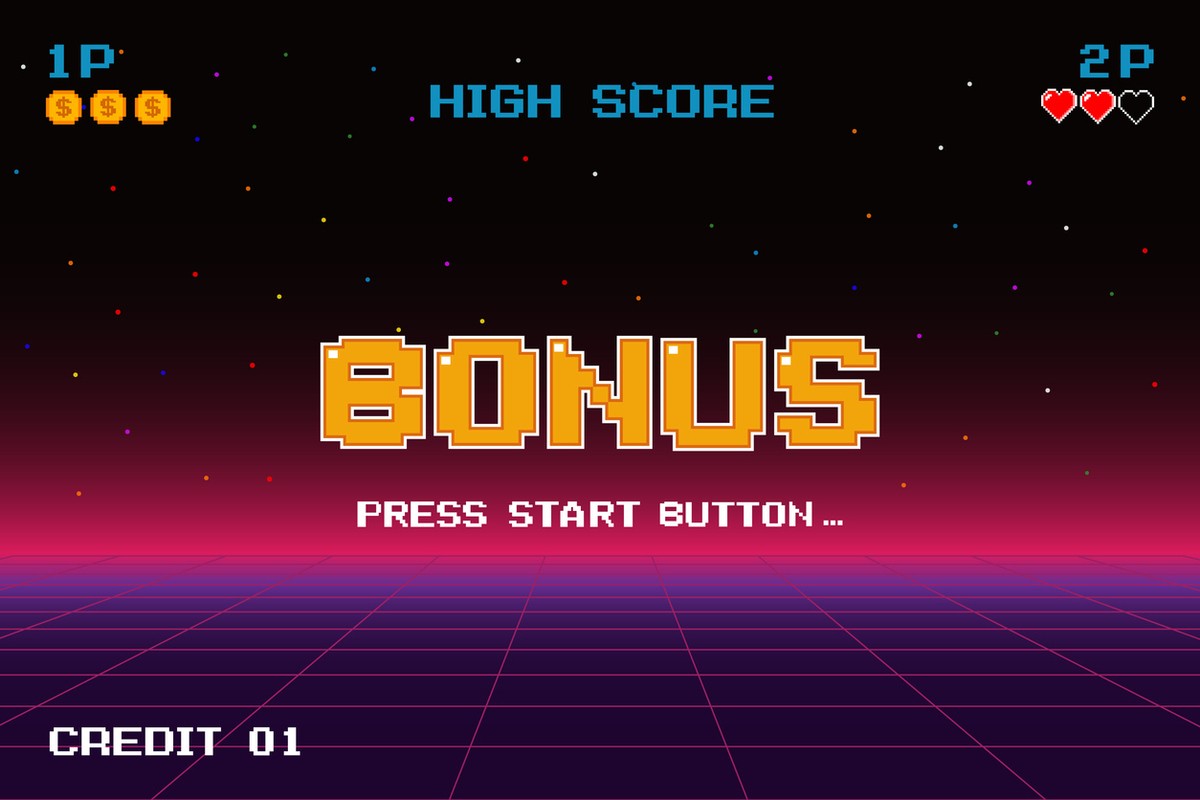
What Is Gamification, Exactly?
Gamification is the application of game-design elements and game principles in non-game contexts. Simply put, it’s taking the fun, engaging parts of games—like points, levels, challenges, and rewards—and applying them to everyday activities to make them more motivating and enjoyable.
But gamification isn’t just about slapping points on everything and calling it a day. Effective gamification taps into fundamental human psychology: our desire for achievement, recognition, competition, and progress. Understanding the psychology behind why leaderboards work is crucial to implementing successful gamification systems.
The Psychology Behind Why Gamification Works
Understanding why gamification is so effective requires looking at what motivates human behavior:
1. The Progress Principle
Humans are wired to seek progress. When we see ourselves advancing toward a goal—whether it’s filling a progress bar or climbing a leaderboard—our brains release dopamine, the feel-good chemical that keeps us coming back for more.
2. Social Comparison and Competition
We naturally compare ourselves to others. Leaderboards and rankings tap into this tendency, motivating us to improve our standing relative to peers. This doesn’t always mean fierce competition; sometimes it’s simply about not being last.
3. Achievement and Recognition
Badges, trophies, and public acknowledgment satisfy our need for recognition. Even virtual achievements can provide genuine satisfaction and validation.
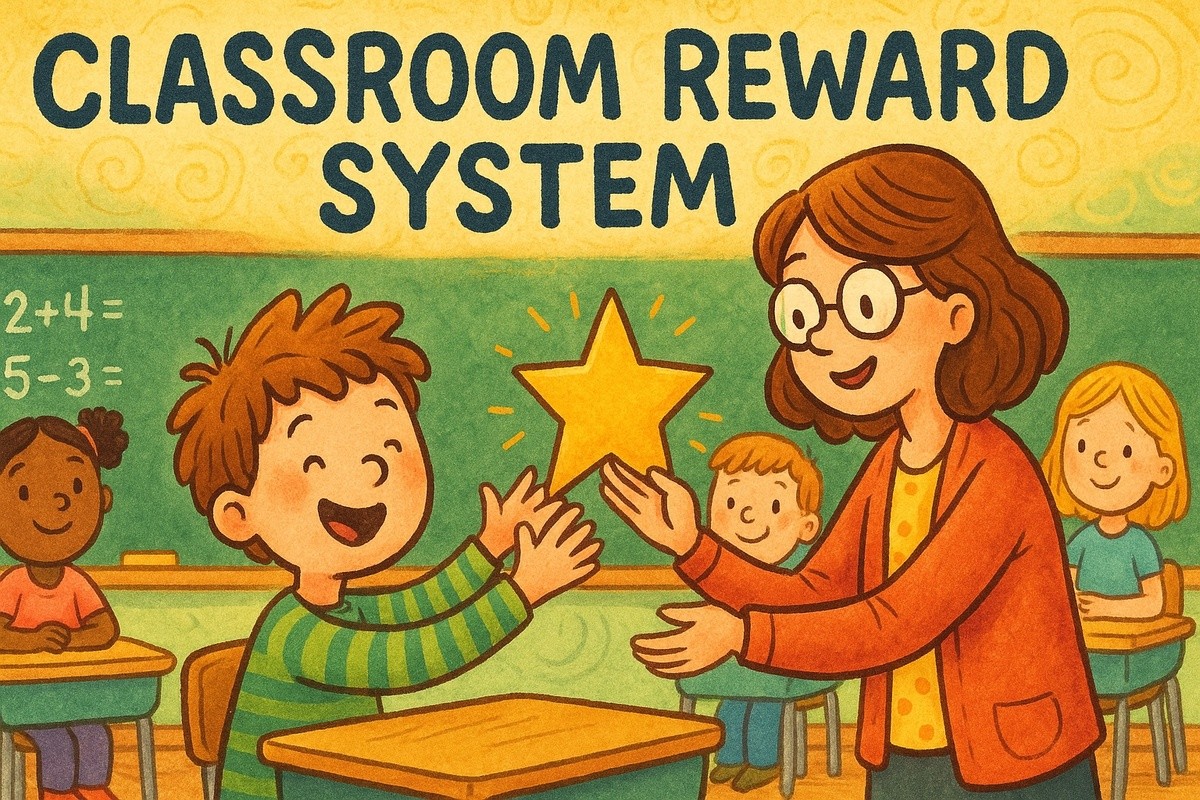
4. Autonomy and Mastery
Good gamification gives users choices and helps them develop skills over time. This sense of growing competence and control is inherently motivating.
5. Immediate Feedback
Unlike traditional goal-setting where results might take months to see, gamification provides instant feedback. Every action has a visible result, keeping engagement high.
Real-World Examples of Gamification in Action
Fitness and Health: The Apple Watch Phenomenon
When Apple introduced their activity rings, they didn’t just create another fitness tracker—they engineered a behavior-change machine that millions check obsessively throughout the day. Those three simple circles (Move, Exercise, Stand) transform exercise from a chore into a quest. The genius lies in the details: the satisfying animation when you close a ring, the gentle nudges when you’re close to completion, and the monthly challenges that keep longtime users engaged.
The social layer adds another dimension entirely. When your friend shares their perfect month achievement, you suddenly find yourself taking the stairs instead of the elevator. And once you’ve built a 50-day streak? The thought of breaking it becomes physically uncomfortable. Apple understood that the fear of losing progress often motivates us more than the promise of gaining it.
Language Learning: Duolingo’s Addictive Approach
Duolingo didn’t just gamify language learning—they turned it into something 500 million people voluntarily do on their commutes, lunch breaks, and before bed. The app masterfully combines experience points for completing lessons with streak counters that guilt you into daily practice. Their league system transforms solo study into social competition, while the lives system borrowed from video games adds just enough pressure to keep you focused.
What makes Duolingo particularly brilliant is how they’ve made failure feel temporary rather than devastating. Miss a day? You can use a streak freeze. Get an answer wrong? You lose a life, but you can earn it back. This forgiveness keeps people engaged even when they struggle, turning language learning from an intimidating academic pursuit into an accessible daily habit.
Sales Teams: Turning Quotas into Competitions
Walk into any modern sales floor and you’ll likely see huge screens displaying real-time leaderboards—but today’s sales gamification goes far beyond simple rankings. Progressive organizations now award points not just for closed deals but for the entire sales process: calls made, emails sent, meetings booked, proposals delivered. This approach rewards effort as much as outcomes, keeping newer team members engaged while they build their skills.
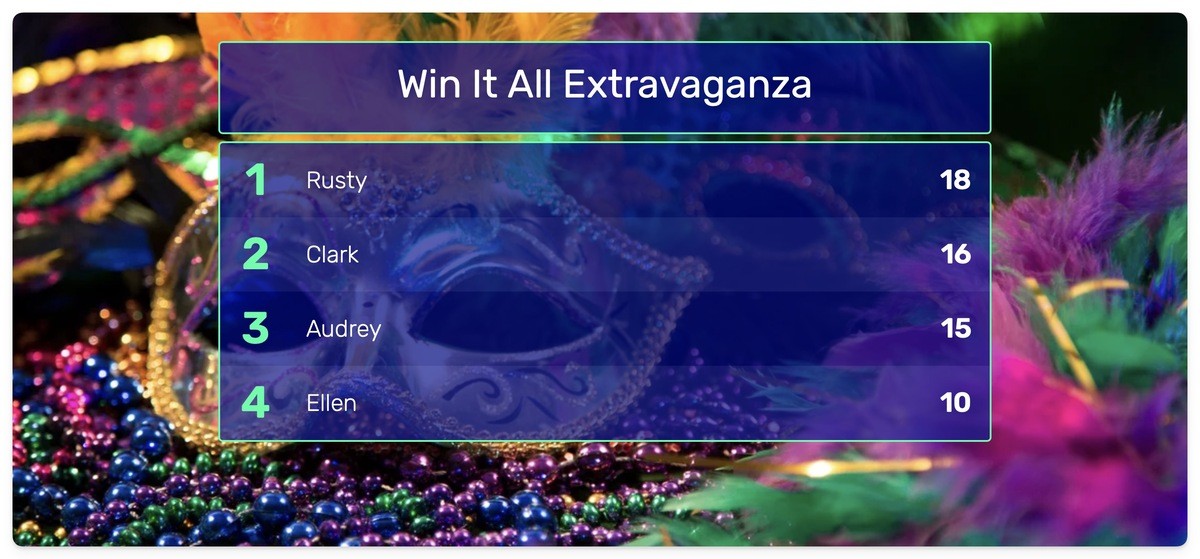
The most successful implementations layer individual achievement with team challenges. Maybe this week’s tournament pits the East Coast against the West Coast, or perhaps veteran sellers mentor rookies in exchange for bonus multipliers. These systems channel the natural competitiveness of salespeople into collaborative energy that lifts entire teams. Public recognition for achievements like “First Deal of the Month” or “Most Improved Closer” provides motivation that goes beyond commission checks.
Education: Making Learning Fun
The traditional classroom is undergoing a quiet revolution as teachers discover the power of gamification. Instead of simply grading papers and recording scores in private gradebooks, innovative educators now run their classrooms like multiplayer games where students can see their progress in real-time.
Point systems track everything from homework completion to insightful class comments, while level progression through course material gives students a sense of advancement beyond letter grades. Team competitions for group projects transform potential free-rider situations into engaged collaborations where everyone contributes because their team’s position depends on it. Digital badges for mastering specific skills—whether it’s “Grammar Guru” or “Calculus Champion”—provide recognition that students actually value and share with pride. Classroom leaderboards make academic achievement as visible and celebrated as athletic accomplishments, fundamentally changing how students view learning. For more insights, explore how teachers effectively use points and leaderboards in education.
Core Elements of Gamification
Understanding these building blocks helps you recognize gamification in action and implement it effectively:
Points and Scoring Systems
The foundation of most gamification. Points provide immediate feedback and a way to track progress. They can represent anything: sales made, steps taken, tasks completed.
Levels and Progression
Levels give users medium-term goals and a sense of advancement. Each level might unlock new features, privileges, or challenges.
Badges and Achievements
Visual representations of accomplishments. Effective badges are:
- Specific and meaningful
- Progressively difficult to earn
- Displayed publicly for recognition
Leaderboards and Rankings
Show relative performance among participants. Can be global, team-based, or filtered by time period. The key is keeping them relevant and achievable for all skill levels.
Challenges and Quests
Time-bound objectives that provide variety and excitement. Weekend challenges, monthly quests, or special events keep engagement fresh.
Rewards and Unlockables
Tangible or virtual rewards for reaching milestones. Could be actual prizes, access to exclusive content, or special privileges.
How to Implement Gamification: A Practical Guide
Step 1: Define Your Objectives
What behavior do you want to encourage? Be specific. “Increase engagement” is too vague. “Increase daily active users by 25%” or “improve homework completion rates” gives you a clear target.
Step 2: Know Your Audience
Different groups respond to different motivators:
- Competitive types love leaderboards
- Achievers chase badges and completions
- Social players enjoy team challenges
- Explorers want to unlock new content
Step 3: Start Simple
Don’t implement every gamification element at once. Begin with one or two core mechanics:
- Add a simple point system first
- Introduce a leaderboard once people understand the points
- Layer in badges and achievements gradually
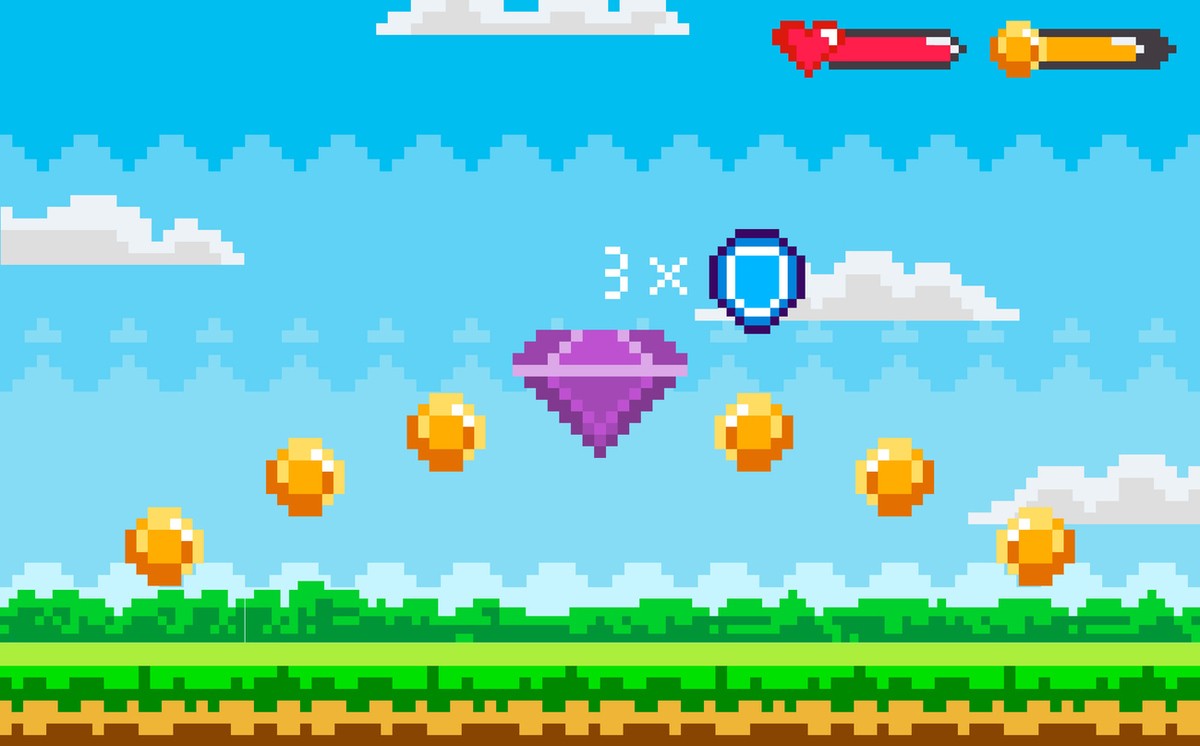
Step 4: Choose the Right Metrics
Your gamification should reward the behaviors that matter. If you want quality, don’t just reward quantity. If teamwork is important, include team-based challenges alongside individual achievements.
Step 5: Provide Clear Rules and Feedback
Users need to understand:
- How to earn points
- What actions are rewarded
- How rankings are calculated
- When rewards are distributed
Transparency builds trust and engagement.
Step 6: Keep It Fresh
Gamification can grow stale. Prevent this by:
- Introducing new challenges regularly
- Rotating leaderboard timeframes (daily, weekly, monthly)
- Adding seasonal events or themes
- Adjusting difficulty based on user progression
Common Gamification Mistakes to Avoid
Over-Complication
Starting with too many elements confuses users and dilutes focus. Keep it simple initially.
Focusing Only on Top Performers
If only the top 10% have a chance of winning, the other 90% will disengage. Create multiple ways to succeed.
Ignoring Intrinsic Motivation
Gamification should enhance intrinsic motivation, not replace it. If people only participate for points, the system will fail when rewards stop.
One-Size-Fits-All Approach
Different contexts require different approaches. What works for sales teams might not work for students or fitness groups.
Neglecting the Experience
Poor user experience kills engagement. If updating scores is difficult or viewing progress is confusing, people won’t participate.
Tools and Platforms for Getting Started
You don’t need expensive software to begin gamifying. Here are practical options:
For Teams and Organizations
Leaderboarded offers simple, customizable leaderboards perfect for:
- Sales team competitions
- Classroom point tracking
- Fitness challenges
- Fundraising campaigns
The platform allows real-time updates, custom branding, and multiple scoring formats without requiring technical expertise.
For Education
- Kahoot: Interactive quizzes with competitive elements
- ClassDojo: Comprehensive classroom behavior tracking
- Classcraft: Turns the entire curriculum into a role-playing game
For Personal Goals
- Habitica: Turns your life into an RPG
- Strava: Social fitness tracking with segments and achievements
- Forest: Gamifies focus and productivity
Measuring Gamification Success
Track these metrics to evaluate your gamification efforts:
Engagement Metrics
- Participation rate: What percentage actively participates?
- Frequency: How often do users interact with the system?
- Retention: Do people keep participating over time?
Performance Metrics
- Have target behaviors increased?
- Are goals being met more consistently?
- Has quality maintained or improved?
Satisfaction Metrics
- User feedback and surveys
- Net Promoter Score (NPS)
- Voluntary participation rates
The Future of Gamification
As technology evolves, so does gamification:
AI Personalization
Artificial intelligence will create personalized challenges and difficulty adjustments based on individual performance and preferences.
Virtual and Augmented Reality
VR and AR will make gamification more immersive, turning physical spaces into game environments.
Blockchain and Digital Ownership
Blockchain technology might enable true ownership of digital achievements and rewards that have real-world value.
Ethical Gamification
Growing awareness of psychological manipulation means future gamification will need to balance engagement with user well-being.
Getting Started with Gamification Today
Ready to implement gamification? Here’s your action plan:
- Identify one specific behavior you want to encourage
- Choose one gamification element to start (we recommend a simple leaderboard)
- Set clear, measurable goals for success
- Launch a pilot program with a small group
- Gather feedback and iterate based on results
Remember: the best gamification system is one people actually use. Start simple, focus on your users’ needs, and build from there.
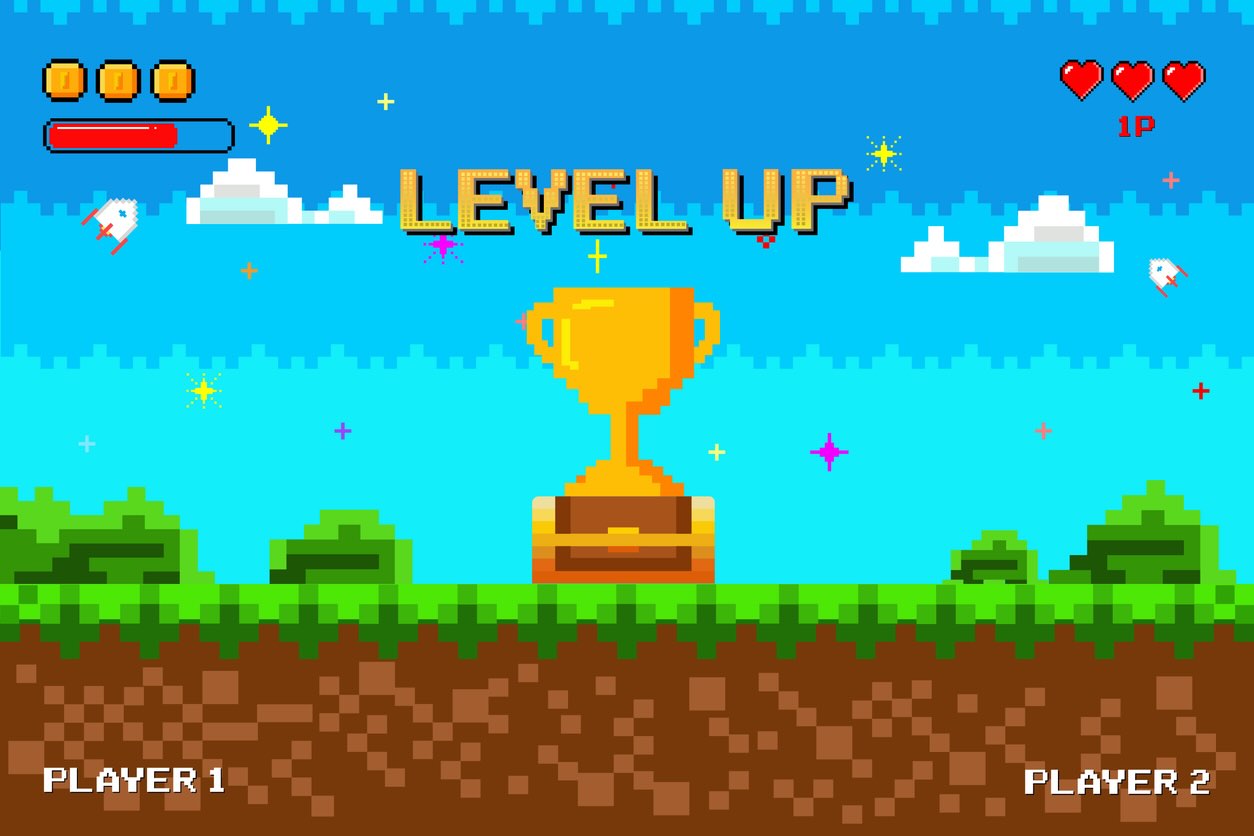
Frequently Asked Questions About Gamification
What is gamification in education?
Gamification in education is the application of game-design elements to classroom learning and educational activities. Teachers use points, levels, badges, and leaderboards to make learning more engaging and motivating for students.
Common examples include earning points for homework completion, leveling up through course material, competing in team challenges for group projects, and receiving digital badges for mastering specific skills. Learn more about how teachers effectively use gamification.
The benefits are significant: students show increased engagement, better retention of material, and improved motivation to complete assignments. Gamification transforms traditional grading into an adventure where progress is visible and achievements are celebrated.
What is the difference between gamification and games?
Gamification applies game elements to non-game contexts, while games are complete experiences designed purely for entertainment or competition. Think of it this way: using a fitness app that awards badges for running is gamification; playing a running game on your console is gaming.
Gamification borrows mechanics (points, leaderboards, achievements) from games but applies them to real-world activities like work, learning, or health. The goal isn’t entertainment—it’s motivation and engagement in activities people need or want to do anyway.
How does gamification enhance learning?
Gamification enhances learning through several psychological mechanisms:
Immediate Feedback: Students instantly see results of their actions through points and progress bars, helping them adjust their approach in real-time rather than waiting weeks for test results.
Increased Motivation: The combination of clear goals, visible progress, and social recognition triggers intrinsic motivation. Students want to improve because they can see themselves advancing.
Safe Failure Environment: Game mechanics normalize failure as part of learning. Lost a life? Try again. This reduces anxiety and encourages experimentation.
Social Learning: Leaderboards and team challenges create collaborative learning environments where students help each other improve.
Research shows gamified learning can increase student engagement by 60% and improve information retention by up to 40% compared to traditional methods.
Is gamification effective in business?
Yes, gamification is highly effective in business settings when implemented correctly. Companies report:
- 48% average increase in employee productivity
- 60% boost in engagement scores
- 25% reduction in turnover rates
- 50% faster training completion with better retention
Corporate gamification works particularly well for sales teams, customer support, onboarding, and training programs. The key is aligning game mechanics with actual business objectives and ensuring the system rewards meaningful behaviors, not just activity.
Companies like Microsoft, Salesforce, and Deloitte have achieved measurable ROI through gamification initiatives, particularly in areas requiring sustained engagement and skill development.
What are the best gamification examples?
Some of the most successful gamification examples include:
Duolingo - Transformed language learning with streaks, experience points, and competitive leagues. Over 500 million users practice daily because the app makes learning feel like playing a game.
Apple Watch Activity Rings - Made fitness tracking addictive through simple, visible progress circles and achievement badges. Millions check their rings obsessively throughout the day.
LinkedIn Profile Strength - The “All-Star” profile completion game increased profile completeness by over 50% by showing users a progress bar and strength rating.
Starbucks Rewards - Turned coffee purchases into a collection game with stars, levels, and exclusive rewards, creating one of retail’s most successful loyalty programs.
Salesforce Trailhead - Gamified professional training with badges and points, resulting in 2 million+ engaged learners and the most skilled Salesforce workforce in history.
Each succeeds because it makes progress visible, provides clear goals, and offers meaningful rewards that users actually value.
Conclusion: The Power of Play
Gamification works because it makes the ordinary extraordinary. It transforms mundane tasks into engaging challenges, solitary efforts into social experiences, and vague goals into clear achievements.
Whether you’re a teacher looking to motivate students, a manager wanting to energize your sales team, or an individual pursuing personal goals, gamification offers proven strategies to boost engagement and drive results.
The key is to start small, stay focused on your objectives, and remember that behind every point, badge, and leaderboard position is a human being seeking progress, recognition, and connection.
Ready to gamify your goals? Create your first leaderboard and discover how game elements can transform engagement in your organization.
Have you successfully implemented gamification in your workplace or classroom? Share your experiences and tips in the comments below. And if you’re looking for more practical guides on engagement and motivation, explore our other articles on classroom management and team building.